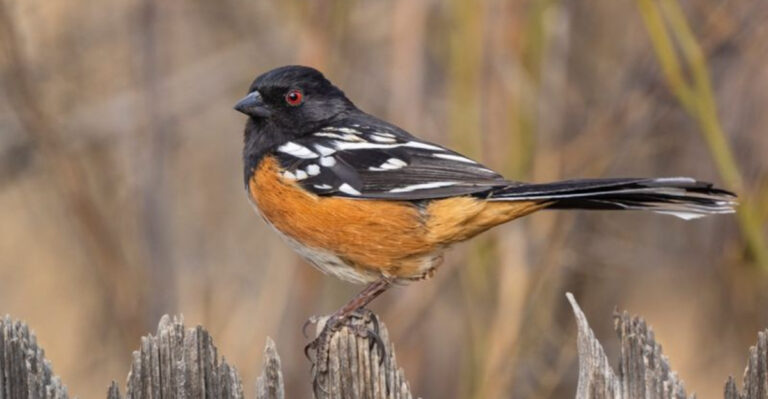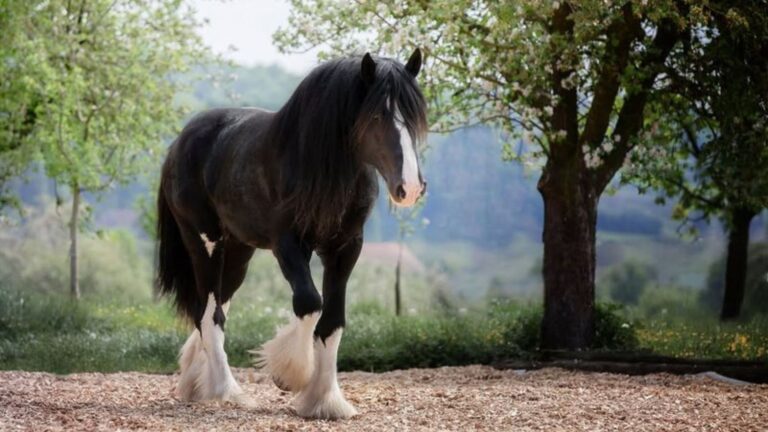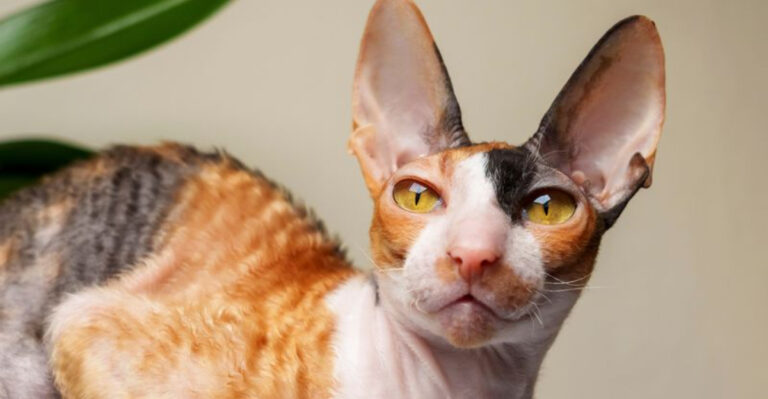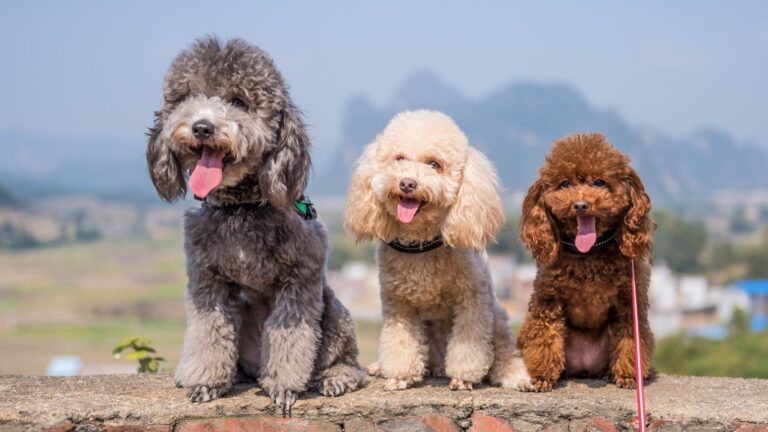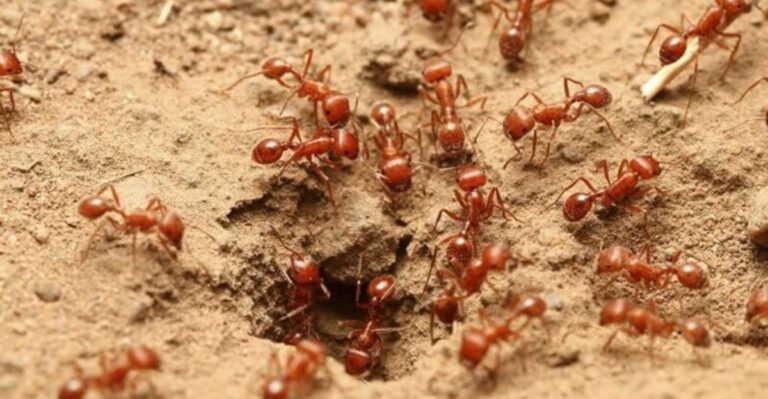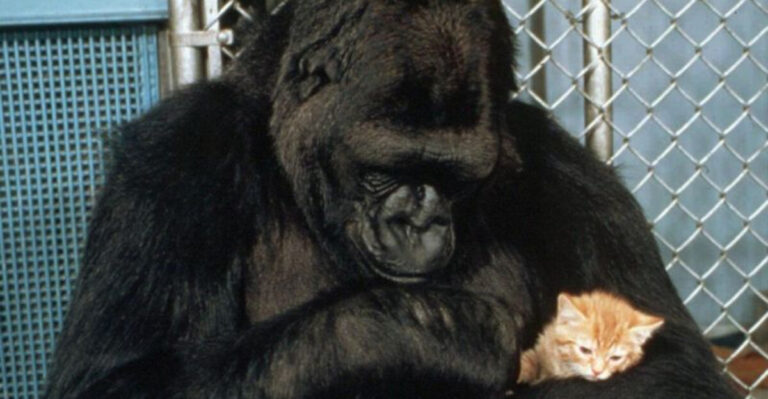17 Fun Cow Facts You’ve Probably Never Heard Before
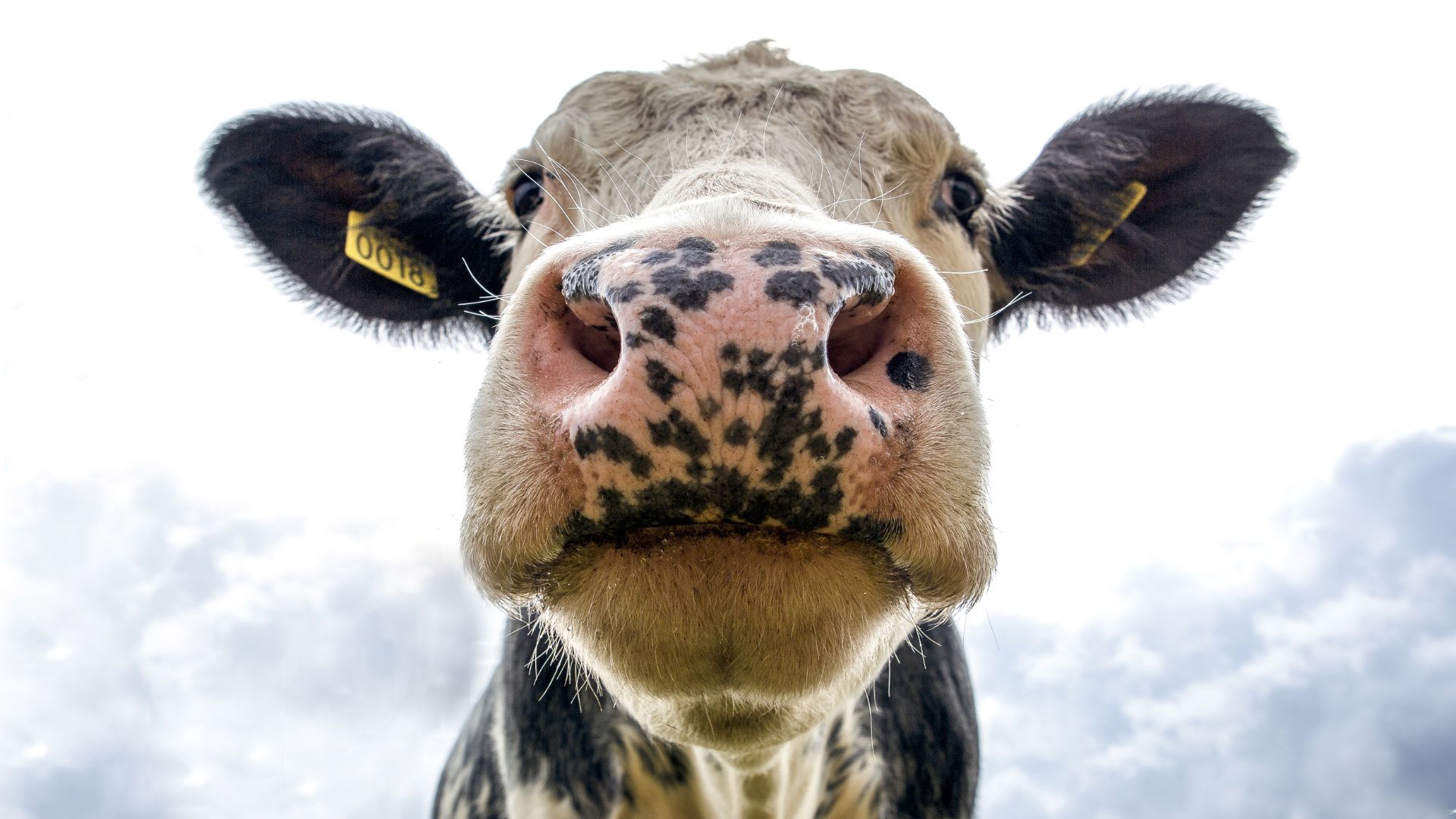
Cows are often seen as simple farm animals, but they’re actually full of surprises! From their unique personalities to their impressive abilities, these gentle giants are far more fascinating than most people realize.
Whether it’s their ability to form friendships, remember faces, or even their incredible sense of smell, cows are truly remarkable creatures. Ready to learn some amazing facts that will change the way you see them? Get ready to be amazed by these incredible cow facts!
1. Cows Enjoy Music
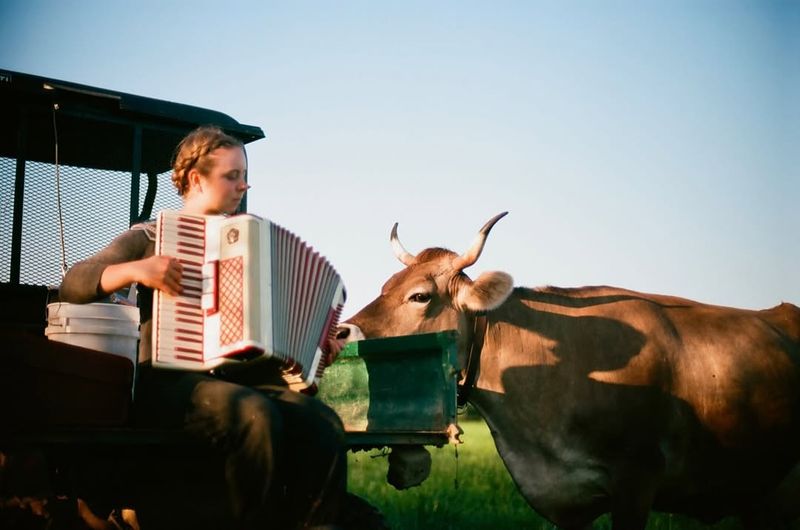
Many cows respond positively to calm, melodic tunes. Soft music has been shown to reduce stress and even increase milk production in some dairy herds—talk about mooo-sic therapy!
2. Cows Can See In Color
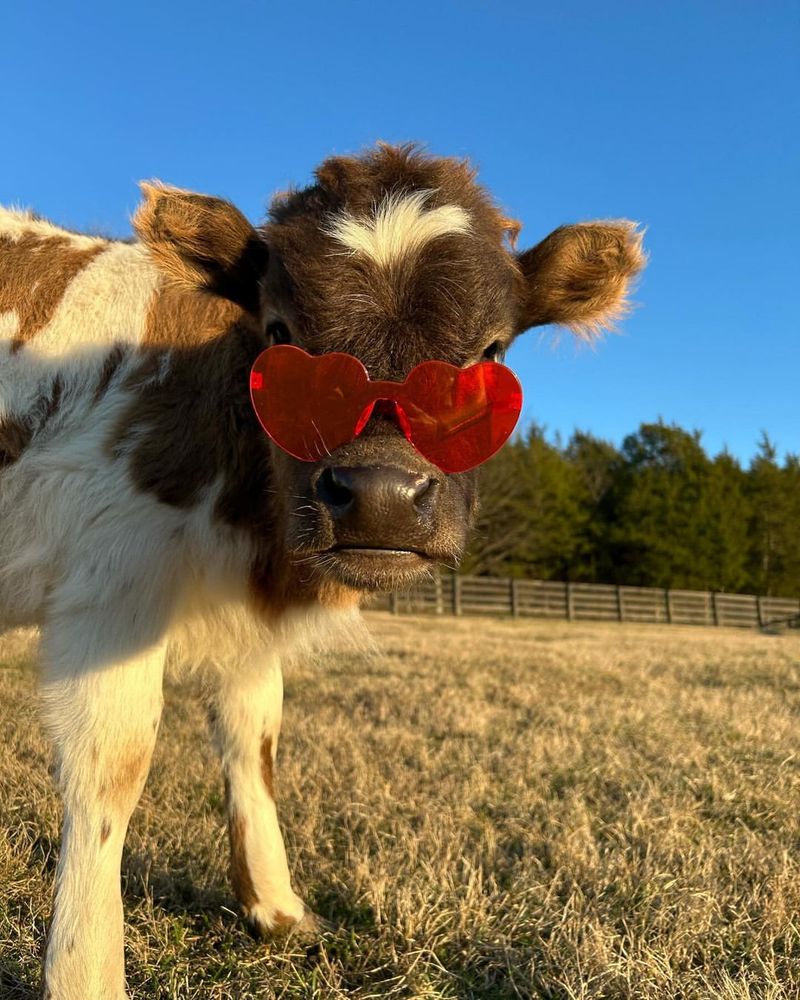
Though they can’t see reds, cows do perceive most colors, especially shades of blue and green. This ability helps them navigate pastures and recognize familiar places.
3. Cows Can Jump Surprisingly High
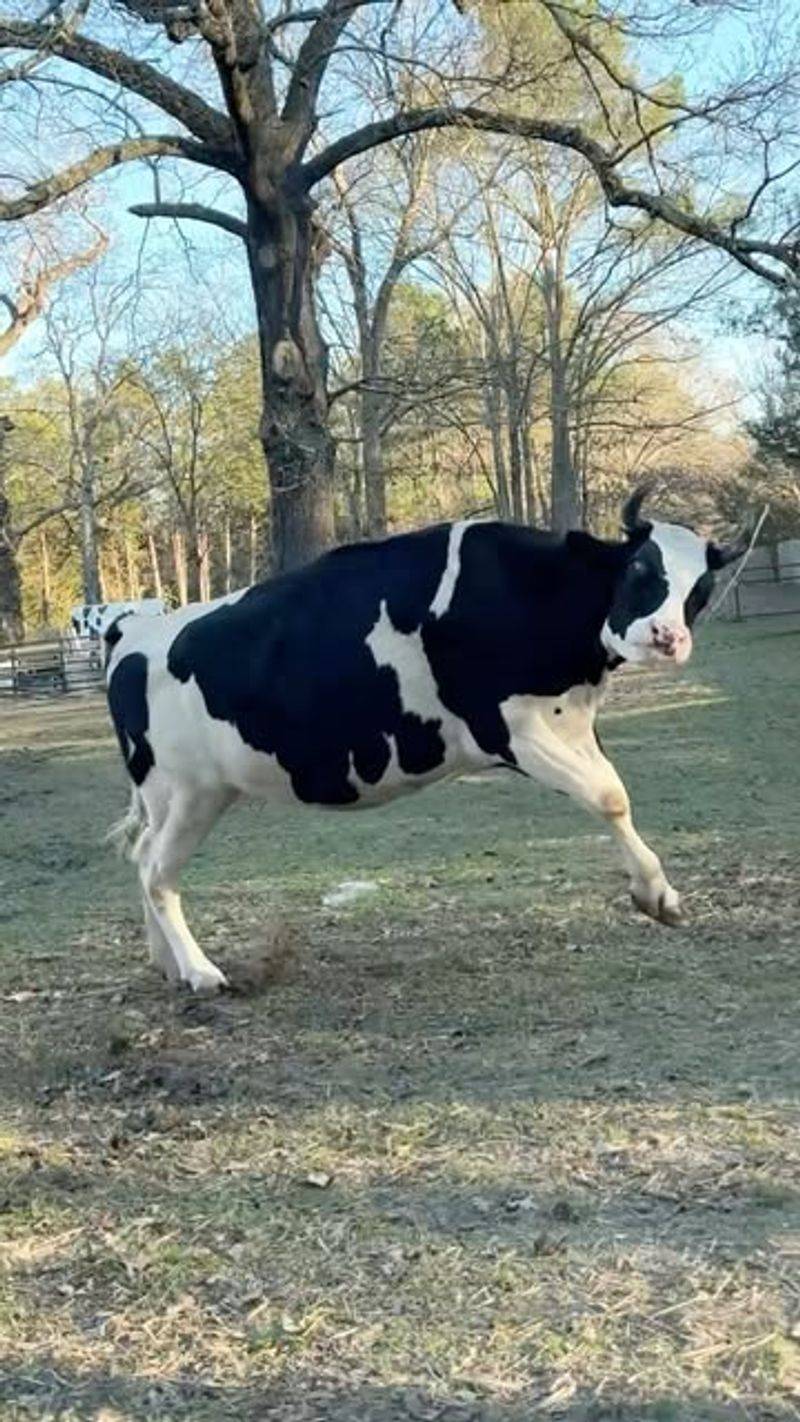
Despite their bulky appearance, cows are capable of jumping over fences if motivated. Some have been recorded clearing obstacles over five feet high—especially when they’re feeling frisky or trying to escape.
4. Cows Have Best Friends
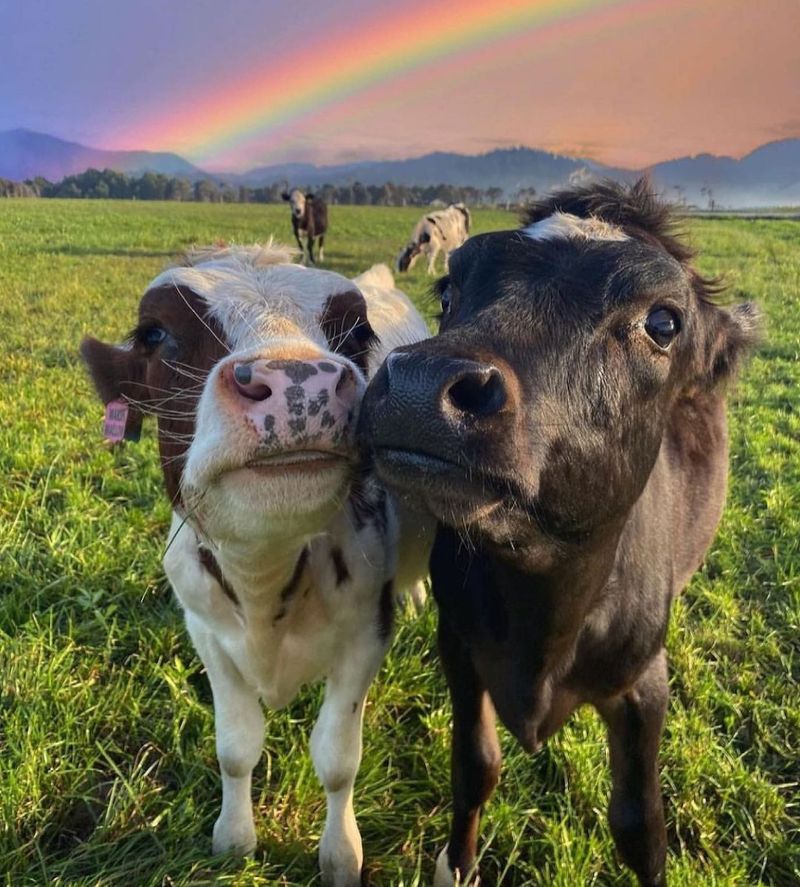
Did you know that cows can form strong bonds? Studies show that cows form strong social bonds and even have best friends. When separated, they can become stressed—reuniting brings noticeable calm.
5. Cows Have Excellent Memory
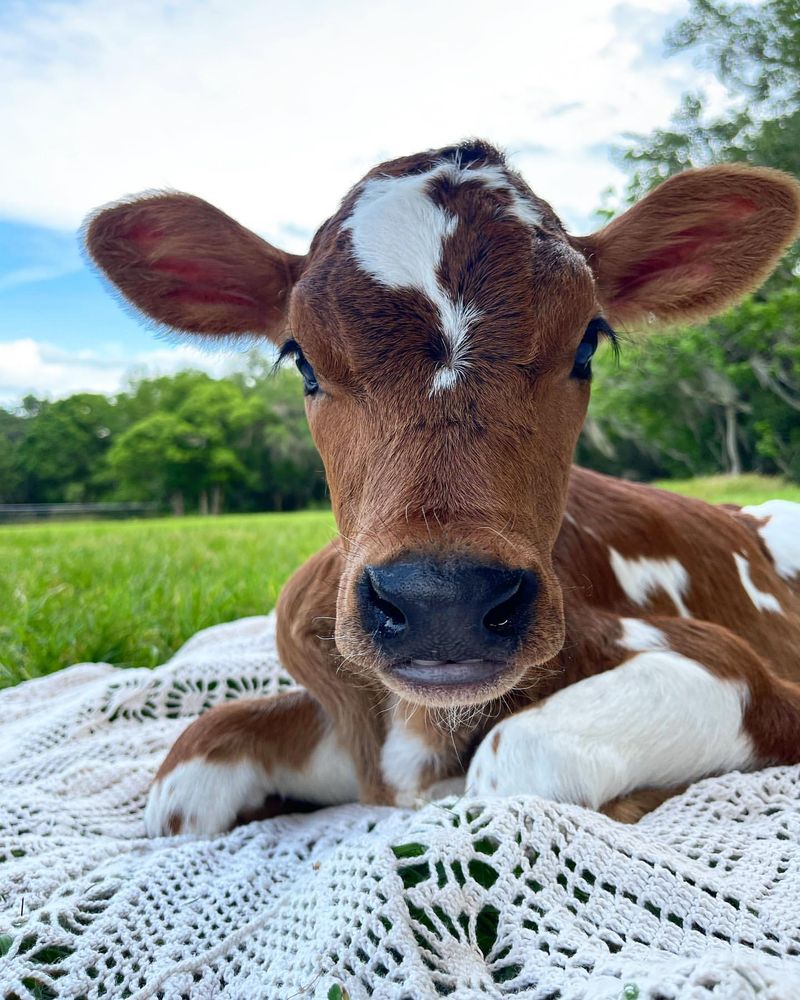
Cows can remember faces, locations, and even past experiences. Their long-term memory helps them recognize people and routines, which makes handling them easier for familiar farmers.
6. Cows Can Recognize Humans
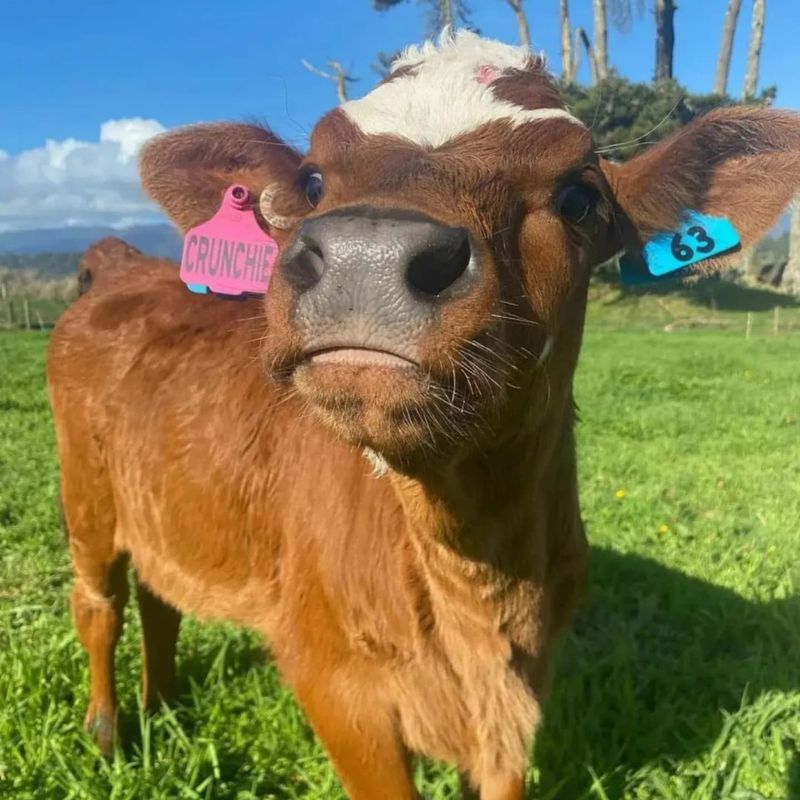
Not only do cows remember human faces, but they can also differentiate between people based on how they’ve been treated—responding warmly to kindness and avoiding those they distrust.
7. Cows Are Very Social
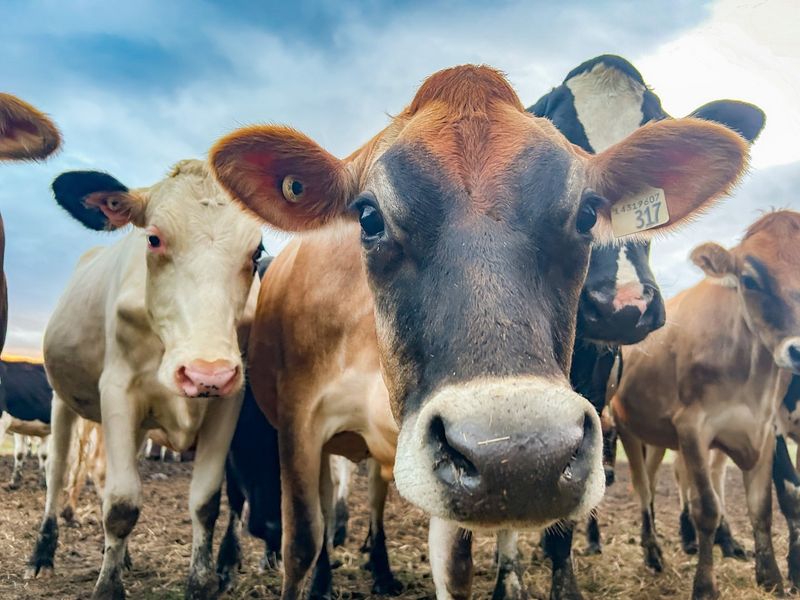
These herd animals thrive on social interaction. They form hierarchies, groom each other, and even hold grudges—proving there’s more to cow culture than meets the eye.
8. Cows Have A Unique Moo
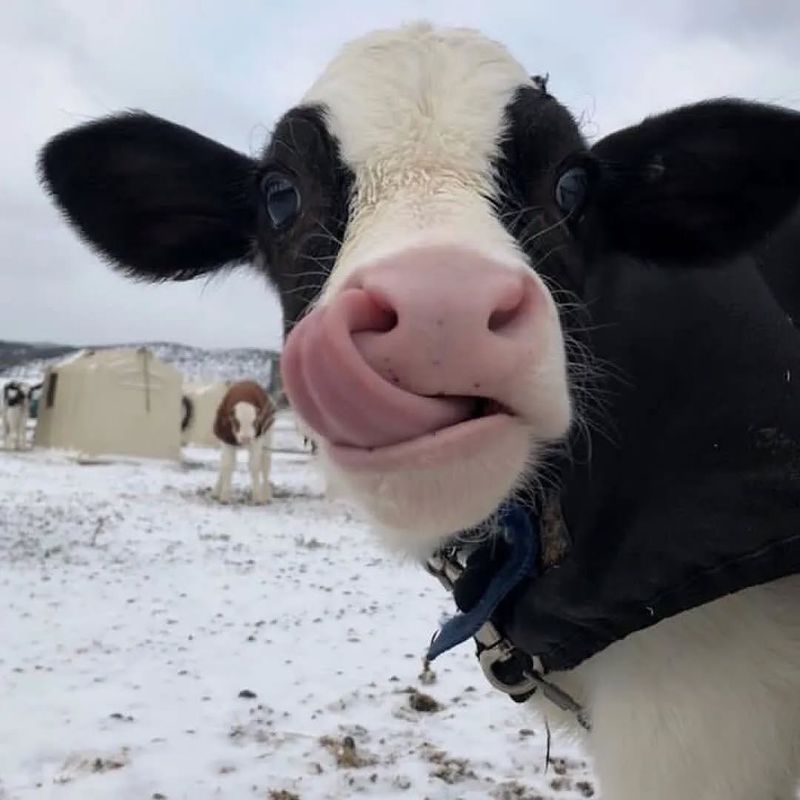
Each cow has its own distinct mooing pattern. Their vocalizations can convey different emotions, like stress, excitement, or calling out to a calf or friend.
9. Cows Sleep Standing Up
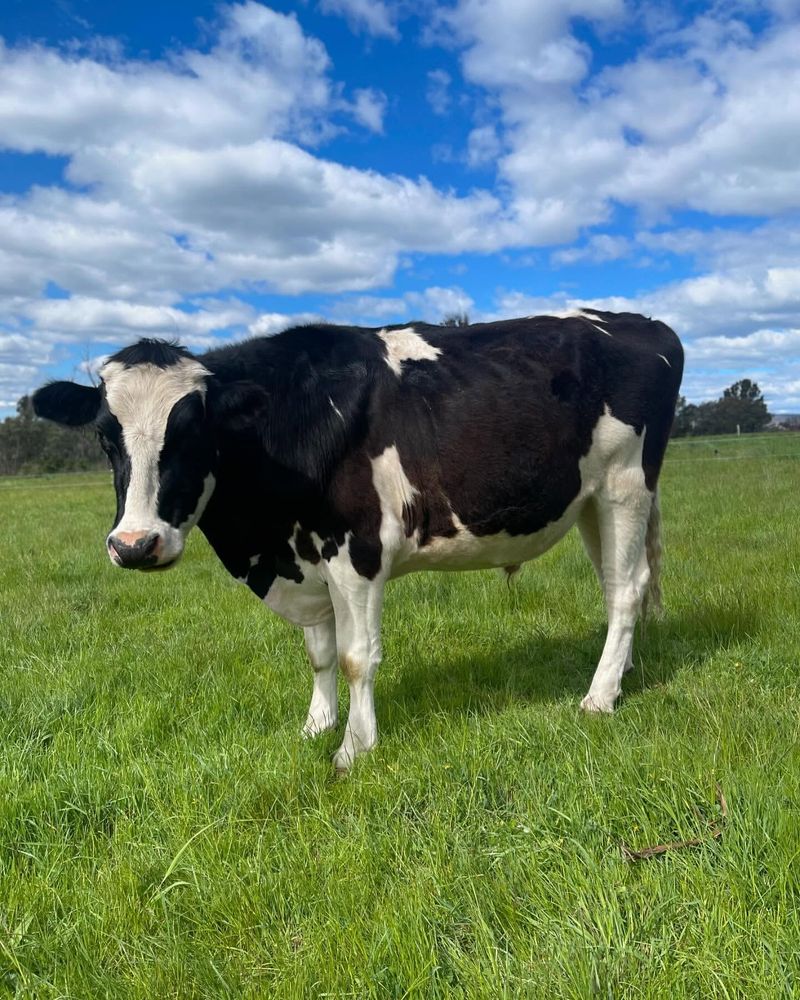
While they lie down for deep sleep, cows are capable of napping lightly while standing—a survival tactic inherited from their wild ancestors to stay alert for predators.
10. Cows Have Four Stomachs
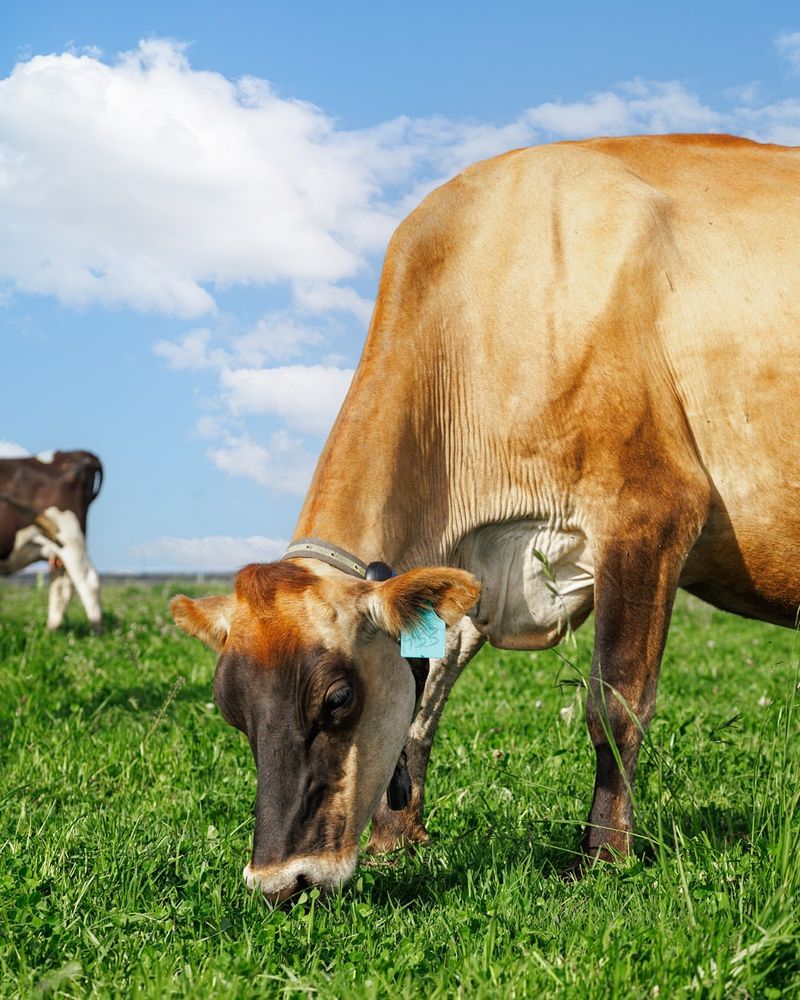
Cows are ruminants with a four-chambered stomach system that helps them digest tough plant material. The process includes regurgitating and re-chewing food—called “chewing the cud.”
11. Cows Produce Different Milks
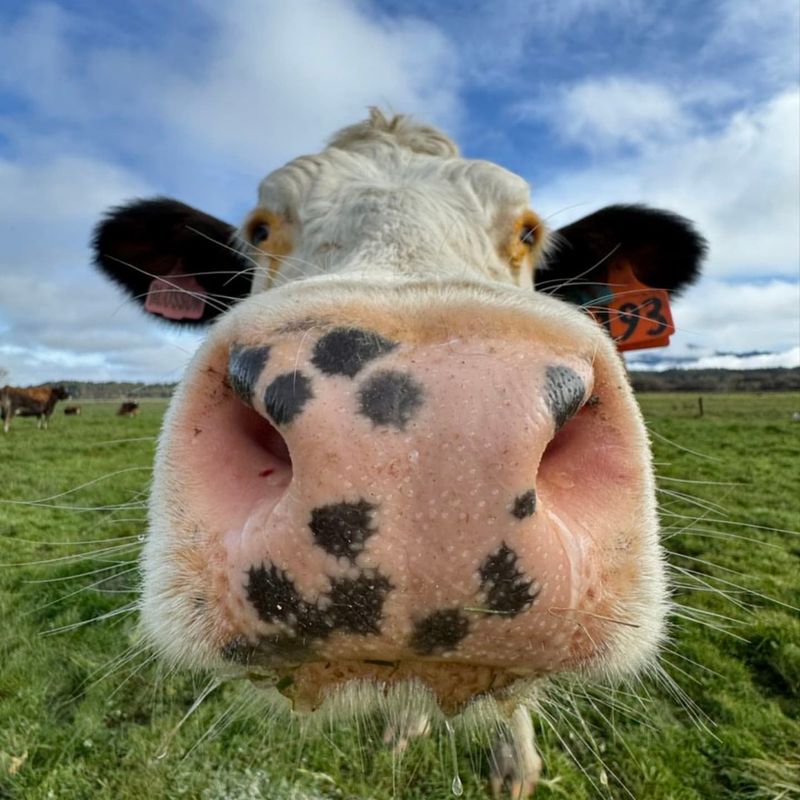
Not all cow milk is the same. Breeds like Jersey and Guernsey produce richer, creamier milk, while Holsteins are known for volume. Some cows even produce milk higher in protein or fat.
12. Cows Can Walk Stairs
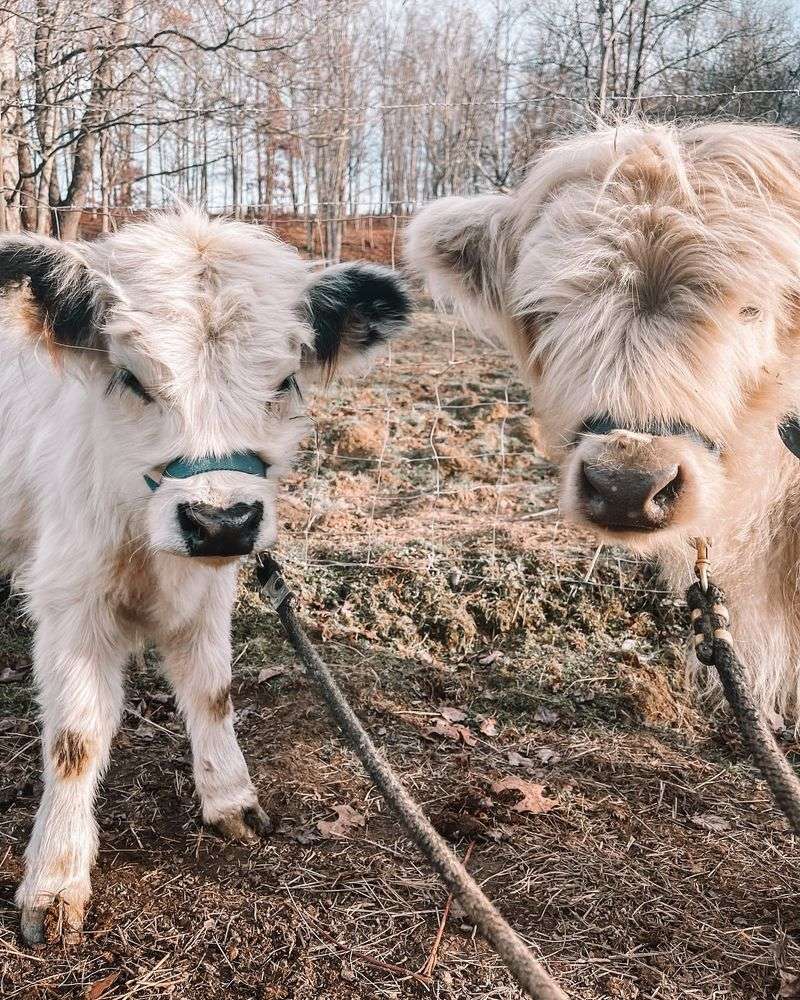
Cows can walk upstairs without much trouble, but going down is difficult. Their knees don’t bend easily in the right direction for descending steps.
13. Cows Have Impressive Hearing
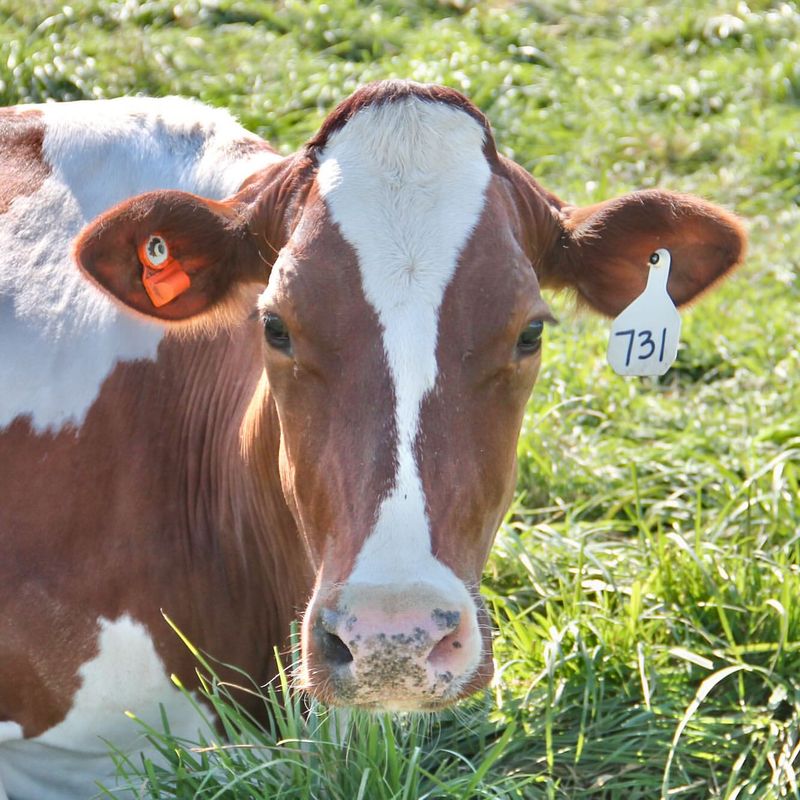
Cows can hear both low and high-frequency sounds far better than humans. Sudden loud noises can startle them, which is why calm environments are key on farms.
14. Cows Can Get Jealous
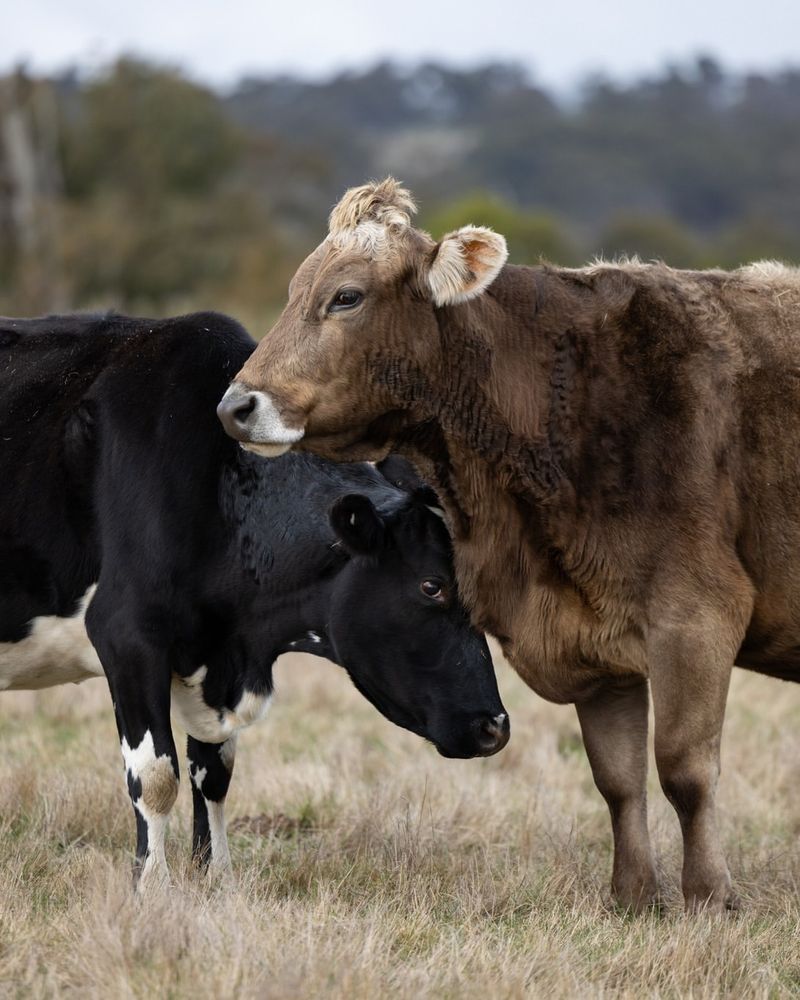
Cows display jealous behaviors when they feel ignored or when attention is given to other cows. They may even push or nudge their way in for affection.
15. Cows Can Live Over 20 Years
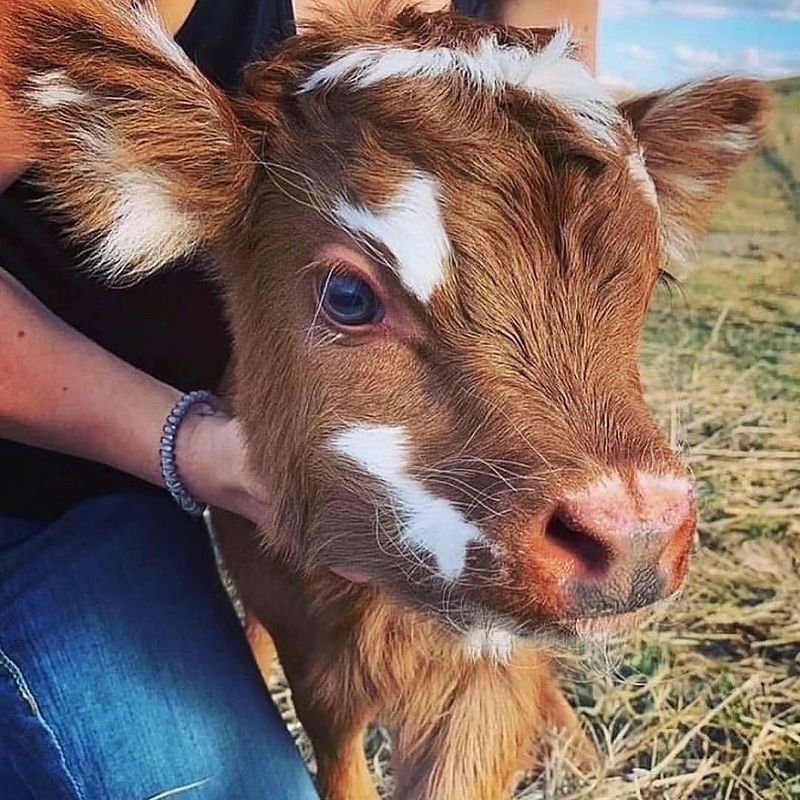
While many cows don’t reach old age due to industry practices, those in sanctuaries or small farms can live well into their 20s, sometimes longer with good care.
16. Cows Have A Strong Sense Of Smell
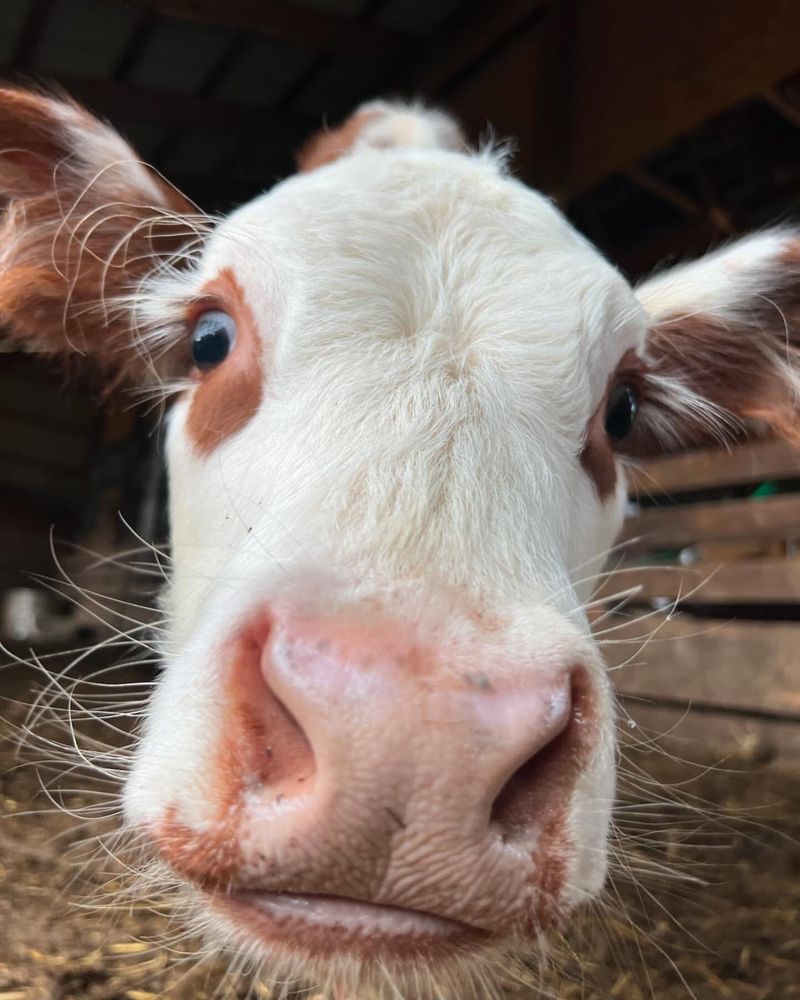
With a sense of smell that extends up to six miles, cows can detect changes in their environment and even sniff out food or potential threats from far away.
17. Cows Can Be Trained
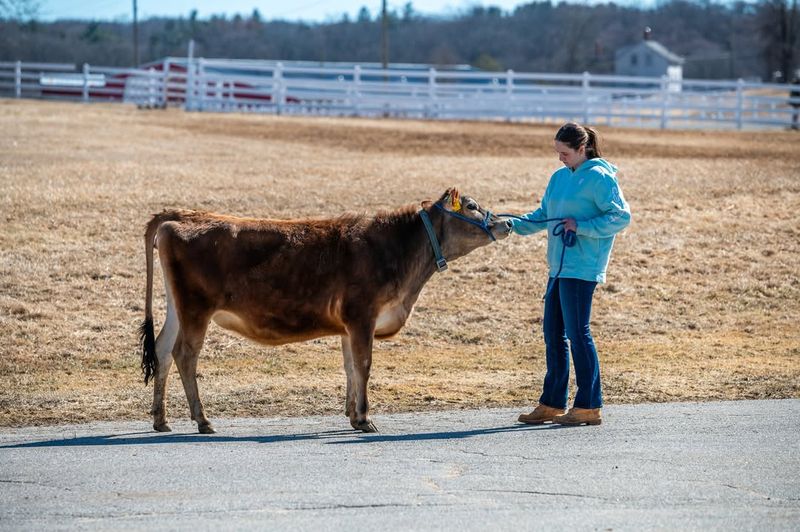
Like dogs, cows respond to positive reinforcement. They can be trained to follow commands, walk on leads, or even perform simple tasks with consistency and patience.

